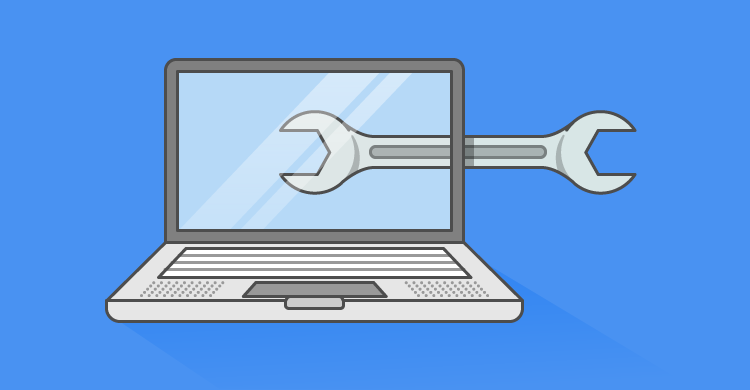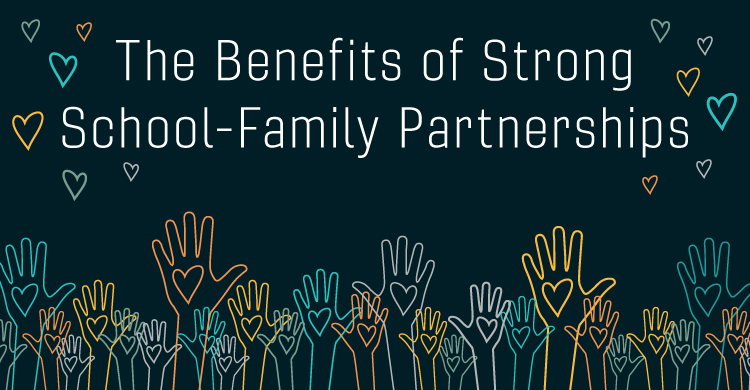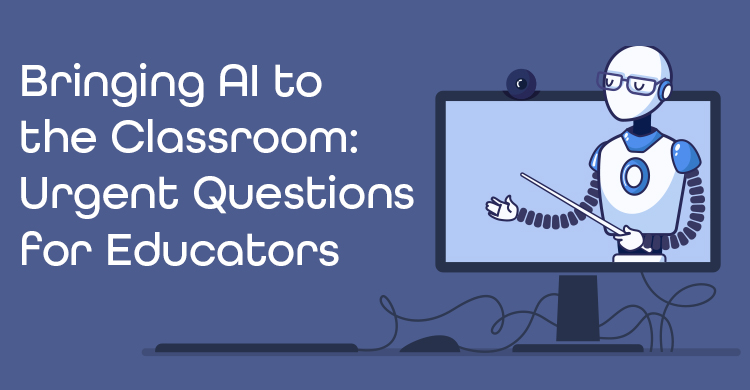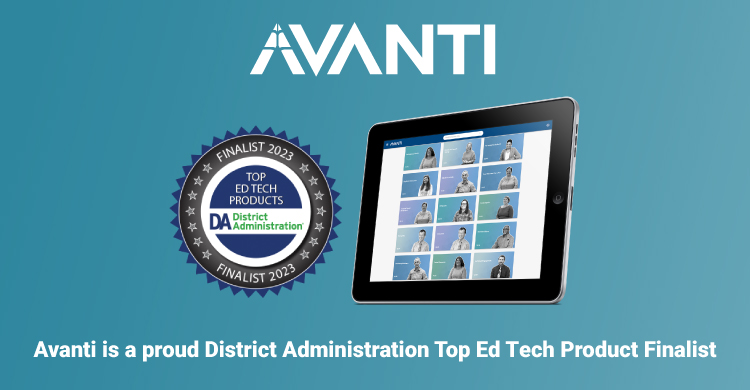Based on Harnessing Technology for Deeper Learning
Is there a school that isn’t trying to purchase and integrate technology into its classrooms? If so, such schools are few and far between. And yet, despite the ubiquity of this work, most schools are doing it poorly.
We know this is true; all we have to do is ask teachers and principals. Many will freely admit that their school is struggling in this area. Other than a few isolated “rock star” educators who are pushing the edges of possibility, most teachers are utilizing technology—either minimally or frequently—in ways that generally replicate what instruction looked like before their school invested in digital learning tools. For example:
- Using interactive whiteboards instead of chalkboards to push information out to students
- Showing YouTube videos instead of showing DVD videos
- Creating electronic Google documents that mirror paper worksheets but are submitted online instead of on paper
- Implementing digital multiple-choice software (with points and a timer!)
- Using flashcard apps instead of actual cards
The list could go on and on and on. This is what we face in almost every school we visit: everyone is trying to do the same work, and almost everyone is struggling.
Challenges to Ed Tech Integration
Inadequate Professional Development
Part of the problem is that our systems of professional development generally are horrible. Quick, name a school that is doing an awesome job of implementing effective, personalized professional learning in robust ways for its teachers. We’ll wait.
Similarly, most school principals know little about digital learning tools and effective technology integration. Their university programs didn’t prepare them in this area, their professional associations aren’t doing much either, and they’re not connected—locally or globally—to technology-savvy leadership peers who could boost their knowledge and skill sets.
Scaling
Another challenge is that we don’t have good mechanisms for scaling innovation beyond those early-adopter teachers into the rest of our classrooms. We point to those teachers’ technology integration efforts proudly, but they rarely “infect” fellow educators in their school or district. They remain isolated examples of both school pride and organizational frustration.
The Current Systems of Instruction
The biggest problem with technology integration has nothing to do with the technology. Instead, it’s the fact that we’re unwilling to rethink our learning and teaching. As long as we remain wed to systems of instruction that overwhelmingly emphasize factual recall and procedural regurgitation—because of institutional inertia, state accountability mandates, parent expectations, or whatever—we’ll never allow digital tools to truly transform learning opportunities for students.
The 4 Shifts Protocol
It’s not all gloom and doom. There are some schools and districts that are making progress. These are the ones that are beginning to reenvision their “profile of a graduate” and are serious about doing the complex and difficult work of shifting organizational paradigms. Most of them are focusing on what we call the four shifts:
- Deeper learning
- Greater student agency
- More authentic work
- Rich technology infusion
The first three shifts are what’s most important in terms of organizational and instructional impact. The technology infusion shift helps students build new digital literacies and tool fluencies and also supports more robust work in the other three areas.
For these school organizations—the ones that are starting to reexamine the core of what they’re all about and what they’re trying to do for students, families, and communities—our 4 Shifts Protocol should offer help. As its name indicates, the discussion protocol focuses on (re)designing instruction around the four shifts. The protocol is structured to help educators talk in nonjudgmental ways about instructional purposes and provides concrete “look-fors” and “think-abouts” that help them diagnose and (re)design lessons, units, and other instructional activities toward new educational outcomes.
We’re having incredible success with the protocol. People grasp its intent and structure fairly quickly, and we can get educators up and running with it in a few hours. As we use the protocol to (re)design lessons and units together, our conversations with teachers, instructional coaches, technology integrationists, and principals have been nothing short of amazing. In the hundreds of schools that have piloted the protocol, learning opportunities for students have started to shift, and teachers feel like they can start attacking the larger task of preparing students for their globally interconnected, technology-suffused, innovation-oriented futures in ways that are manageable rather than overwhelming.
The protocol seems to be occupying a wonderful space between traditional practice and full-blown, “gold standard,” multiple-week, project- and inquiry-based learning. In that space, the protocol helps educators approach “future-ready” education in smaller slices and build their capacity for that more complex (and wonderful) PBL work. The small changes add up over time and build our readiness for more robust learning. That’s a win for schools and communities and the students that they serve.
[author_bio id=”2025″][author_bio id=”1366″]
Hope you enjoy the new book, Harnessing Technology for Deeper Learning, which introduces the protocol, provides eight concrete examples that walk educators through the lesson/unit (re)design process, and includes tips and strategies for implementation in schools. Let us (Scott McLeod and Julie Graber) know what questions you have and how we can be of support to your redesign work.






